We started the new year with a visit to Hobart, the capital city of the fabled island of Tasmania, located at the foot of majestic Mt. Wellington.

The city is currently considering whether or not to add a cable car line to the top of Mt. Wellington. Our guide compared the debate to building a casino: there are always some people for it and some people against it. Those in favor of the cable car think it will raise money and boost tourism; those against it think it will make Hobart like every other mountain city. They also think people should see Mt. Wellington as it is, not with a cable car scarring its face.
But back to Hobart. This city is the second oldest capital in Australia (after Sydney) and has the second-deepest natural harbor in the world (after Sydney). Tasmania, Australia’s smallest state, was originally founded as a penal colony for some 300 inmates. The island/archipelago is a picturesque setting of exceptional beauty.

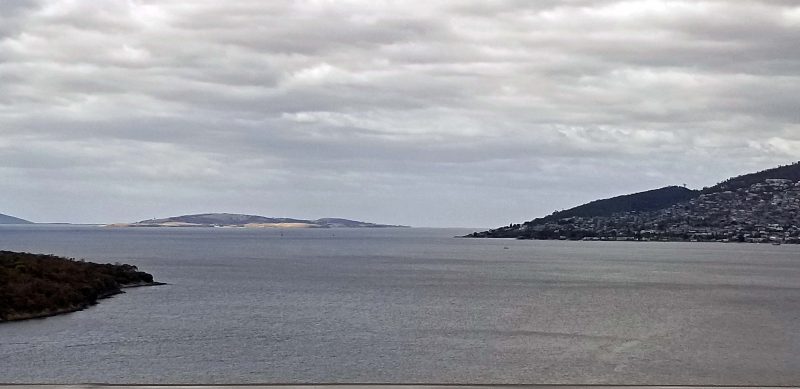
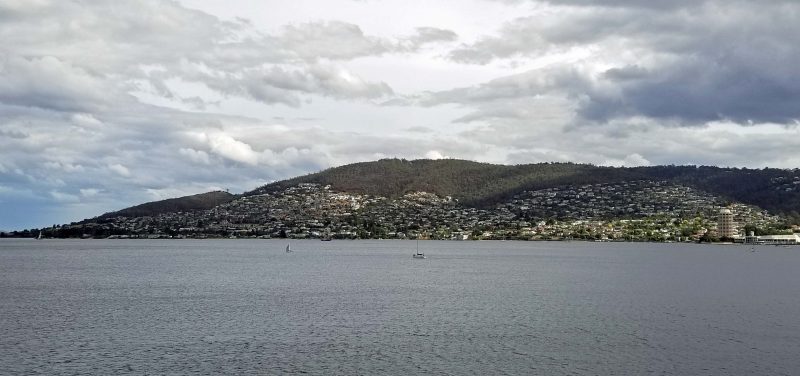

As we crossed the Derwent River, our guide shared an interesting story about the Tasman Bridge, shown in the photo below.
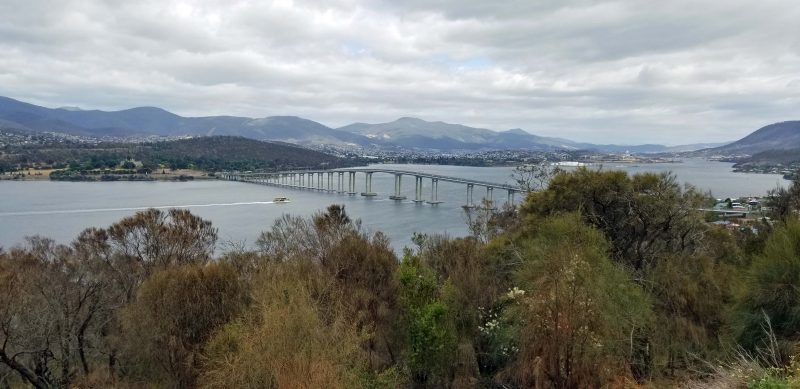
In 1975, a zinc ore carrier went off course. (The captain was later charged for not paying attention to conditions.) Instead of going through the space between the two center pilings, the ship crashed into a piling in the wide space to the right of the center opening, causing a large section of the bridge deck to collapse on top of the ship, killing seven crew members. The bridge collapse also caused four cars to drop into the water, killing five more people.
It was dark and the bridge deck was unlighted, but one man managed to stop his car with the front wheels hanging over the edge of the broken deck. He escaped from his car and frantically tried to wave other cars to stop, but two drivers ignored him and even drove around him, falling into the river. The river is 115 feet deep, so the ship is still lying on the river bottom, stuck in silt. The name of the carrier ship was the Lake Illawarra, so locals like to say that this is the only river in the world with a lake at its bottom.
Our prettiest stop this morning was the Royal Tasmanian Botanical Gardens. This is a mixed garden, with things that will flower at various times of the year.
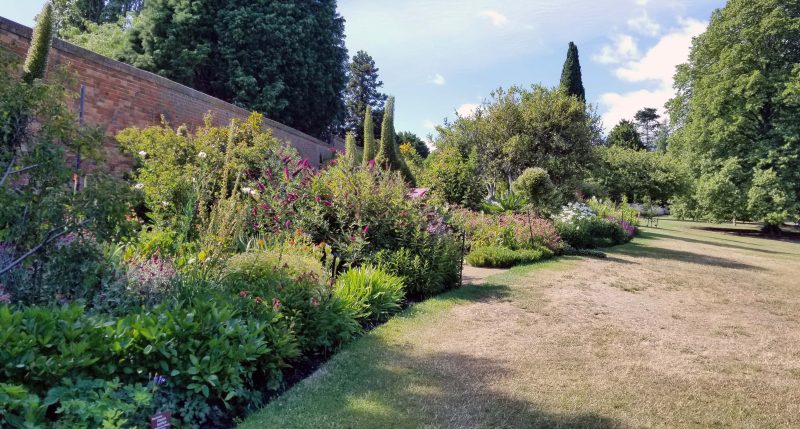
Here is some yucca and a beautiful azalea bush.


Japanese gardens are always pretty, peaceful, and have water features.
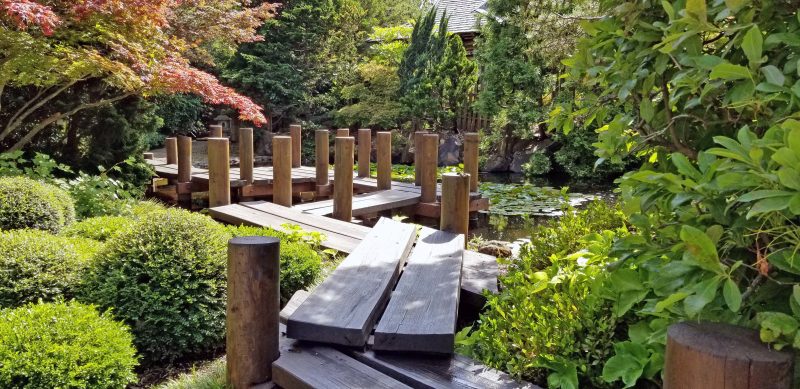
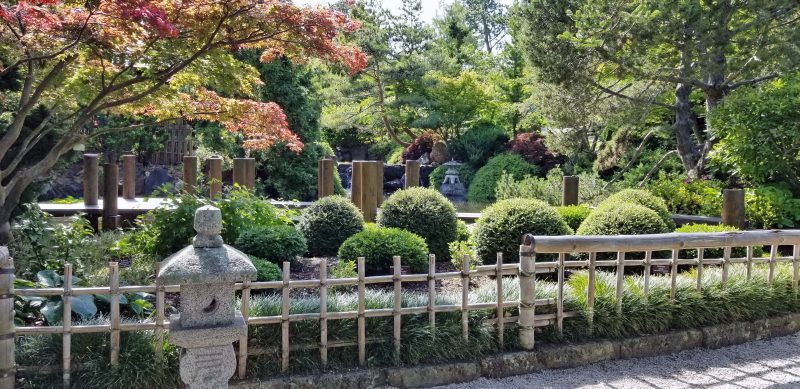
There was a mixture of plants around this pool.
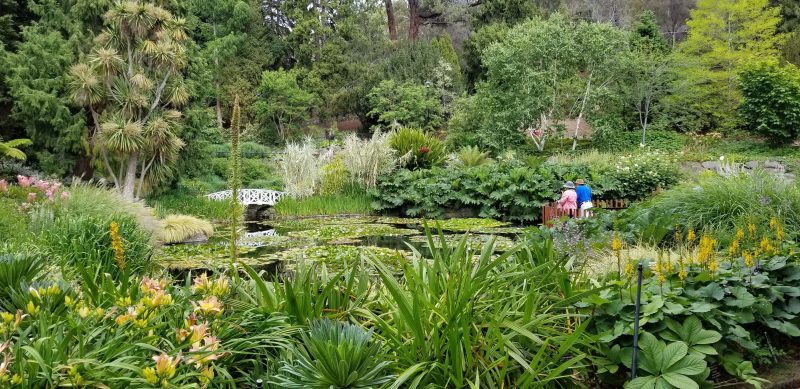
This pretty display was in one of the greenhouses.

This afternoon, we left Australia to go to Dunedin, New Zealand. This is called crossing “the Ditch”–the Australian/New Zealand equivalent of crossing “the Pond” between the U.S. and England in the North Atlantic.
The Tasman Sea is known for frequent high wind activity, and our captain has cautioned us to “make good use of the handrails” over the next two days. The weather forecast is for winds of 45 mph or more, with swells of up to 30-60 feet. In the captain’s words, “the ship will experience some rolling.”
We crossed a portion of the Tasman Sea on our way from Sydney to Melbourne and had 50-mph winds and 15-foot swells that caused all of us to walk irregularly. It’s a weird feeling. As you walk, when one foot is in the air and heading for the floor, the roll of the ship forces you to put it down in an unexpected place to keep your balance, causing your forward motion to zigzag. As we maneuvered our way around the ship, we all tended to look as if we were drunk. With expected swells up to four times that, it looks like we have an adventure ahead. Note: Our steward, who is experienced being at sea, advised us to sleep with one leg extended and bent at the knee to provide support and keep us in our bed.